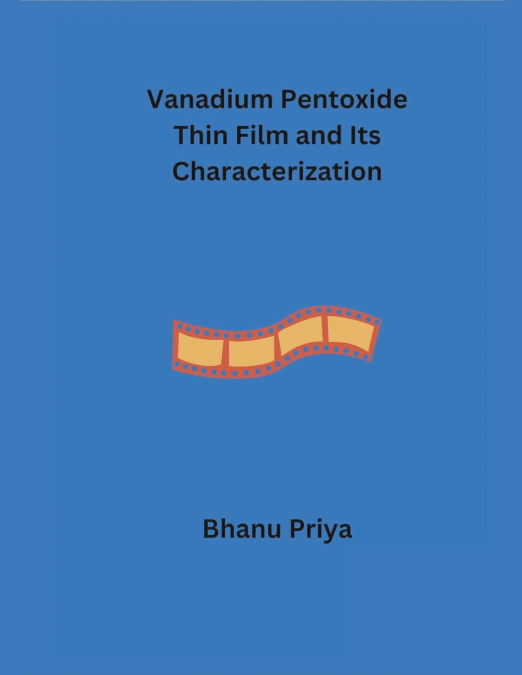
Bhanu Priya
Semiconducting materials have been around since the early 19th century, when Michael Faraday discovered that, unlike pure metals, the electrical resistance in silver sulphide decreased as the temperature of the material was raised. From a more practical perspective, a semiconductor is a substance with electrical conductivity between that of an insulator and a metal, as the name suggests. There is a plethora of non- conducting features of semiconductors that have led to their uses in a wide variety of applications. After the development of the transistor device, silicon (Si) has become the most well-known semiconductor in the world. Without a doubt, the advent of the transistor in the 20th century was the single most important scientific event of the last two centuries, paving the way for the rapid development of technology in our modern world. In the last few decades, Transition Metal Oxide Semiconductors (TMOS) are a class of materials that have attracted significant attention in the field of electronics and optoelectronics due to their unique properties. These materials are composed of transition metal cations and oxygen anions, and can exhibit a wide range of electronic and optical behaviors, including band gap tuning, carrier density modulation, and photoresponse enhancement. TMOS are especially promising for applications such as solar cells, gas sensors, and electronic devices, due to their high carrier mobility, chemical stability, and abundance of raw materials. The diverse range of properties exhibited by TMOS makes them a promising avenue for developing new and advanced technologies in the field of materials science.